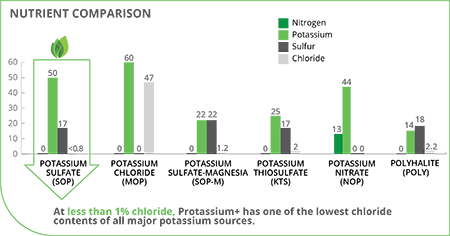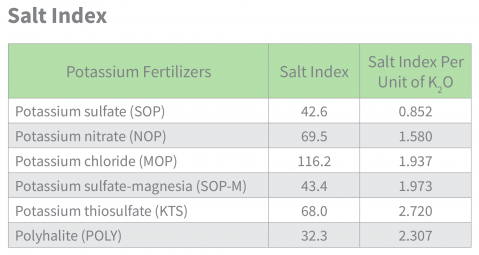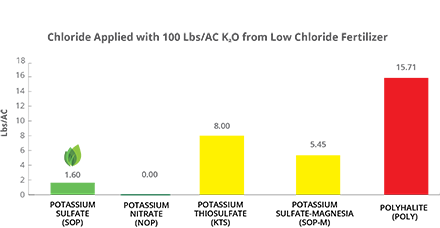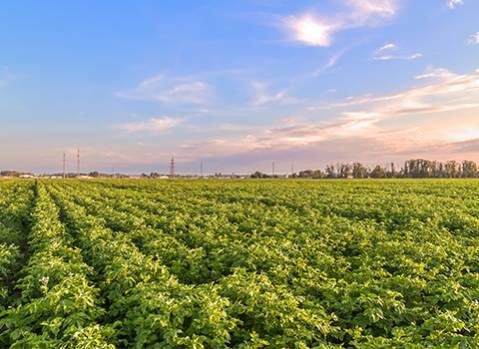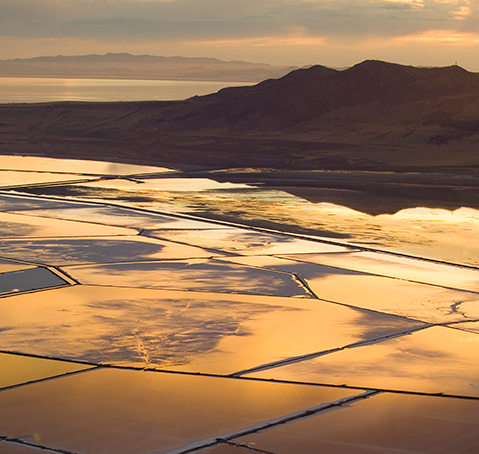Support Sustainability
An Eco-Friendly Choice
Once the nitrogen (N) needs of the plant have been satisfied, it is critical to discontinue applications of nitrogen, including potassium sources containing nitrogen. Over-application of nitrogen can result in poor produce quality and low yields. Additionally, unused nitrate may leave the root zone and potentially create environmental concerns. SOP does not contain nitrate.
Nearly 90% of Protassium+ SOP is sustainably produced through a natural solar evaporation process from the Great Salt Lake of Utah in the United States, and the remainder is produced through two unique processes―ion exchange and glaserite methods―at Big Quill Lake in Saskatchewan, Canada. In each of these processes, the water or natural elements remaining after the extraction process are returned to the lakes for future reuse.
Some organic grades of Protassium+ premium sulfate of potash meet the requirements for organic use under the U.S. National Organic Program and are certified by both the Organic Materials Review Institute (OMRI) and the California Department of Food and Agriculture (CDFA). Some organic grades are also approved by Ecocert for use in organic agriculture production conforming to the Canadian Organic Standard.


